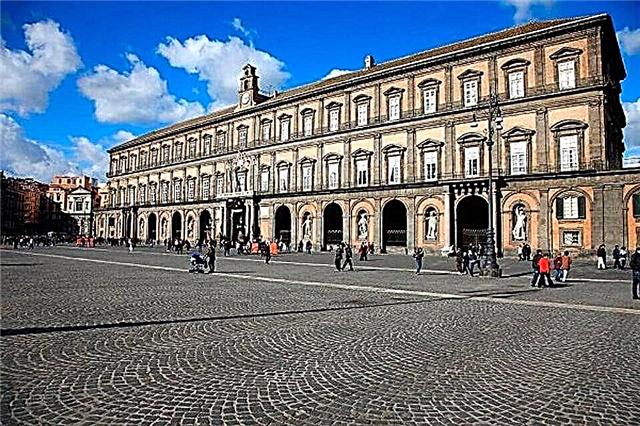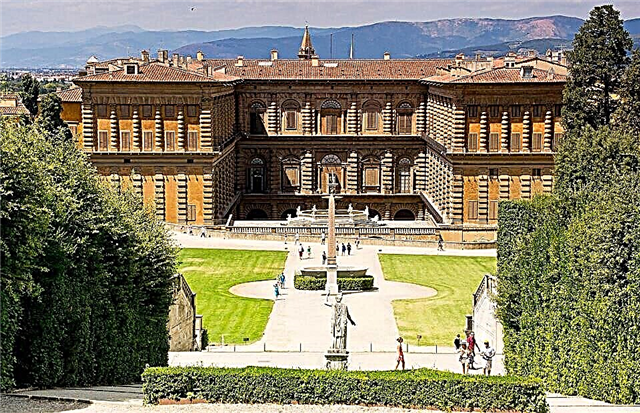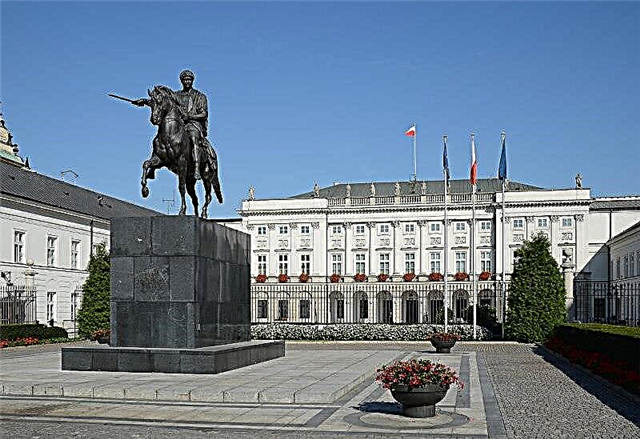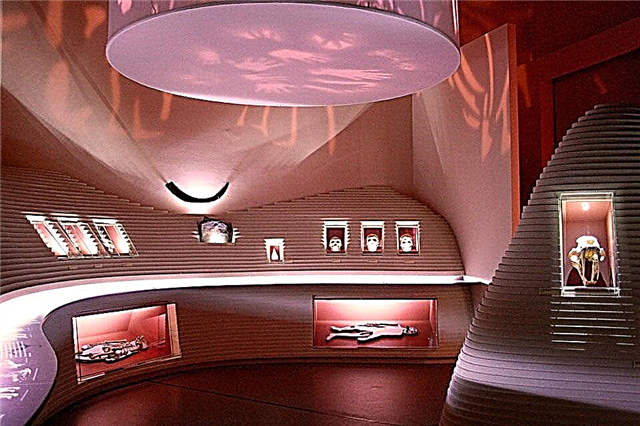The computer world has taken over the modern thinking of mankind. In an unprecedented stream of information, information on any issue has become available. The capabilities of technology allow you to see the processes taking place at the bottom of the oceans, among snow-capped mountain peaks, underground caves, unexplored deserts. As if ancient reptiles walk alive, surrounded by long-extinct plants. And this is not a fictional tale at all, but our past world, which must not be forgotten. The Museum of Natural History in Venice offers to see, hear the sounds of former life.
History
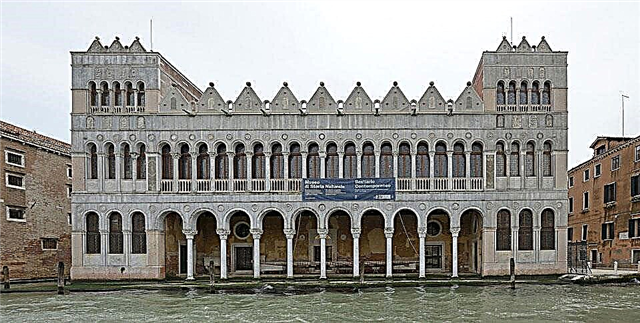
Thousands of tourists who come to Venice, where the element of water dominates the life of the city, will surely sail along the famous waterway of the city called the Grand Canal, a famous landmark of the country. Beautiful buildings that rise right out of the water, repeatedly reflect in it, create an unforgettable impression. Among them is undoubtedly the 12th century mansion Fondaco den Turchi. It is impossible not to stay nearby.
Moreover, the most interesting museum of natural history of Venice is located here now. The idea to use the house of a famous family of merchants for the museum was born in 1923. For a long time, many buildings of the estate served as storage facilities. At that time, there were many private collections in the city, and the city museum was functioning. Collecting them, forming thematic expositions, making easy access for showing to tourists has become an important task for the organizers of the museum.
The history of the palace is considered to be the logical beginning of the museum's functioning. The building is included in the list of the oldest buildings in the city. It was erected in 1225 by the order of the founder of the local noble family Pesaro Giacomo Palmieri. The Emperor of Constantinople lived for some time in this palace. The music of luxurious balls in honor of important guests sounded among its walls. The life of Pope Julius II, Duke of Ferrara Alfonso d'Este, Cardinal Aldobrandini, Antonio Priuli, Turkish merchants passed under his roof. Since 1621, the mansion was called Fondaco dei Turchi. The city authorities bought the building in 1860.
After restoration work in the palace, the Correr Museum of Local Lore was housed in 1880. After the transfer of the museum to the building located in Piazza San Marco in 923, at the suggestion of Giorgio Silvio Cohen, it was decided to create in it the Museum of Natural History of Venice.
Its main function was to show people the life of the distant past of our land. Who lived in these other places on our planet millions of years ago. What flowers, trees, animals adorned the earthly expanses. It will become easier for mankind to create computer models of real living beings, which children of the modern generation are fond of.
Exposition

The museum has over two million interesting exhibits of the ancient flora and fauna of the Adriatic. They are part of the scientifically grounded structure of the museum's expositions, reflecting a comprehensive understanding of nature. Unique collections of skeletons of long-extinct animals, fish, insects, birds, together with rare herbariums, create a correct idea of life in these places. The modern structure of the museum consists of a large number of thematic halls. Among them, the following areas of exposition are interesting:
- Paleontology. Small children, schoolchildren are delighted looking at the skeletons of real dinosaurs, big whales. For example, an almost 8-meter giant, a real Uranosaurus dinosaur, found by the paleontologist Ligabue in 1973. Or the skull of the giant crocodile Sarcosuchus. Here you can also listen to interesting details of these findings, find out the chronological order of the evolution of the planet's fauna. The age of individual exhibits reaches 50 million years. They are well preserved.
- Botany. Rare herbariums, information about ancient plants are in the proposals of the expositions of the direction.
- Zoology. The expositions consist of numerous zoological collections created on various topics. The marine fauna department reveals many of the secrets of the Adriatic. Almost all types of invertebrate fish of the local ecosystem are represented in the huge aquarium.
- Anthropology. Elements of expositions related to samples of the skeletal and muscular systems of humans, birds and animals serve as a unique visual aid for schoolchildren and students. The development of different forms of life, the evolution of mankind is clearly represented by interesting elements of the museum.
- Mineralogy. Here you can see minerals, crystals, remains of meteorites, precious stones that adorn the crowns of great people, participating in the magical rites of ancient people. Different geological epochs of the planet, as if alive, remind visitors of the powerful energy still hidden in its depths.
- Ethnography. The culture and everyday life of the population are presented with special attention and respect for the life of their ancestors. The museum has a library where you can read the primary sources of many scientific publications.

The work of the museum is organized on the basis of not only permanent expositions, but also through the organization of thematic exhibitions, seminars, conferences, temporary exhibitions. Most often they are held in conjunction with other social events. Now the museum is creating opportunities for virtual visits via the Internet. This is important, interesting and useful. But to see the ancient inhabitants of the planet in reality, especially when traveling with children, is much more interesting.
Opening hours and ticket prices
The museum, which is easy to find on a map of Venice, is located at Santa Croce, 1730, Salizzada del Fondaco dei Turchi. Monday is the day off. The standard opening hours of the institution are from 9 am to 5 pm daily. The ticket price is € 8. For children under 14 years old, disabled people, pensioners, students, the ticket price is 5.5 €. Children under 5 years old visit all expositions of the museum for free.
Where is it located and how to get there
It is best to combine canal travel. Get off at the bus stop next to the famous mansion, visit the museum, walk the streets nearby or take part in an organized excursion. During the trip, you can always take part in their conduct. At the same time, I was surprised to learn that in ancient times, in the place where water now reigns, a huge coniferous forest, shrouded in impenetrable swamps, rustled. People used it to create a city on the water. The history of this process is carefully preserved by the precious exhibits of the Natural History Museum of Venice.


